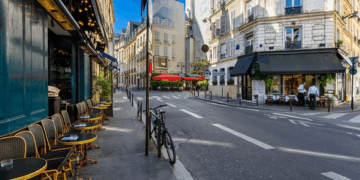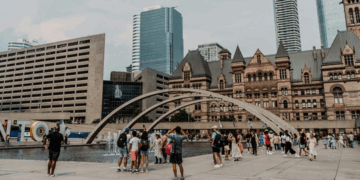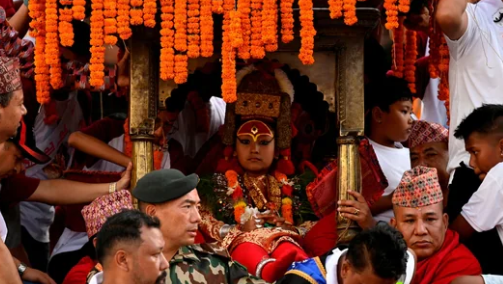As the festive season begins in Nepal, the country is alive with colourful ceremonies, rituals, and deep-rooted traditions. Among the most revered celebrations is the homage paid to the “Kumari,” a living goddess believed to be the earthly embodiment of divine female energy. This unique practice, centred in Kathmandu’s Durbar Square, draws thousands of devotees and tourists each year.
The Kumari, a young girl selected from the Newar community, is worshipped as a symbol of purity and divine protection. For centuries, she has played an integral role in Nepal’s cultural and religious heritage. Her annual public appearances during key festivals, especially Indra Jatra and Dashain, hold immense significance for the country’s Hindus and Buddhists alike.
Indra Jatra, marking the beginning of the harvest season, is one of the most anticipated events. The festival, which spans eight days, includes chariot processions, masked dances, and Kumari’s sacred blessing to the king of Nepal—a tradition carried out for centuries. The Kumari, adorned in red with striking eyes painted on her forehead, is carried through the streets in a grand chariot as thousands gather to witness the spiritual event.
With Nepal emerging from the monsoon season, the start of the festival calendar is greeted with joy and reverence. This period is seen as a time to thank the gods, seek blessings, and strengthen the bond between community and culture. The festivals honour deities, ancestors, and the natural elements that sustain life in the country’s predominantly agrarian society.
In recent years, the living goddess tradition has also faced questions about its place in the modern world. However, for many Nepalese, the Kumari remains a sacred figure, and her role is seen as a bridge between the divine and the mortal realm. As the festive season begins, Kathmandu’s streets are once again filled with music, dances, and the scent of incense, continuing an ancient legacy that captivates both devotees and visitors.








 India
India












